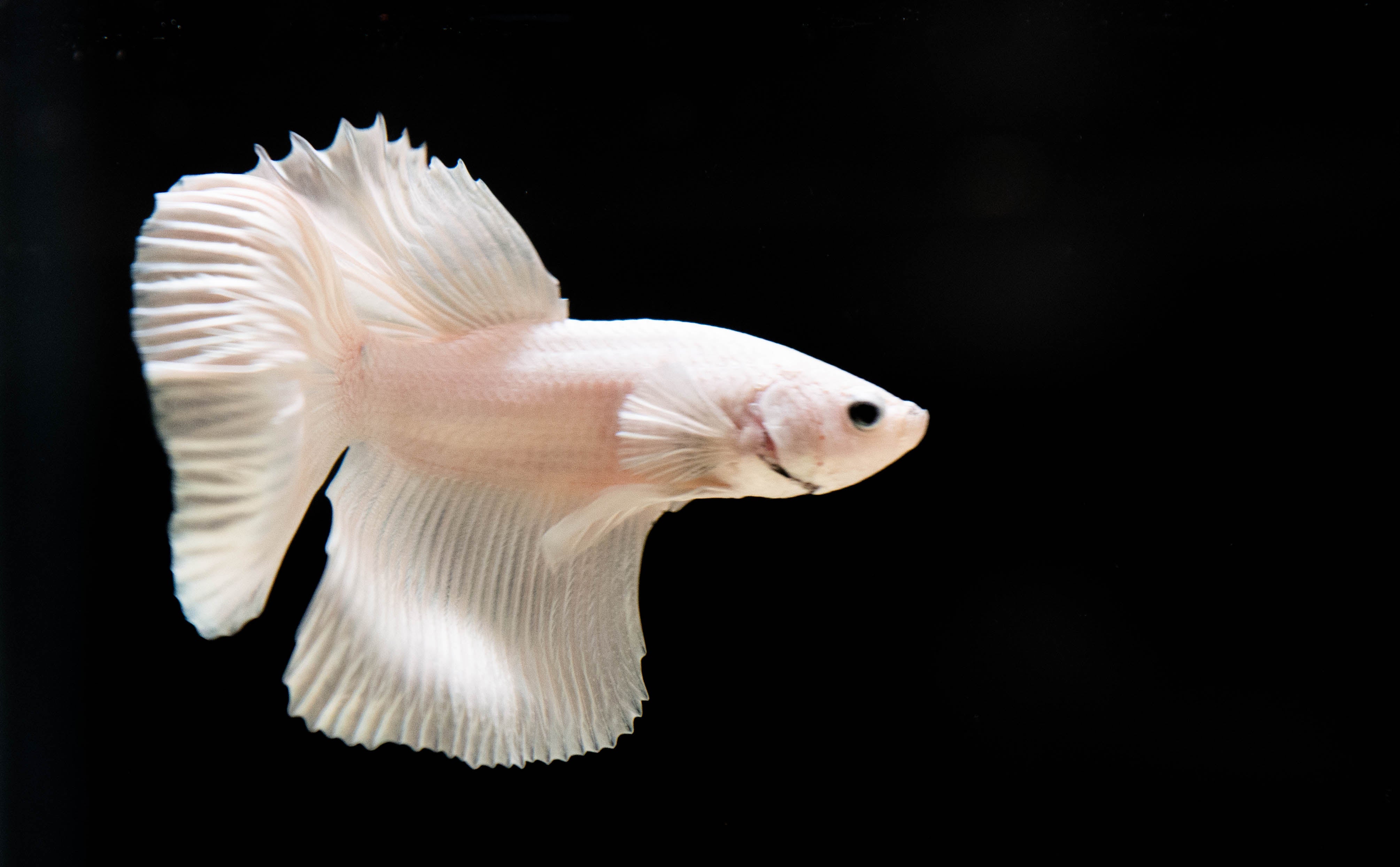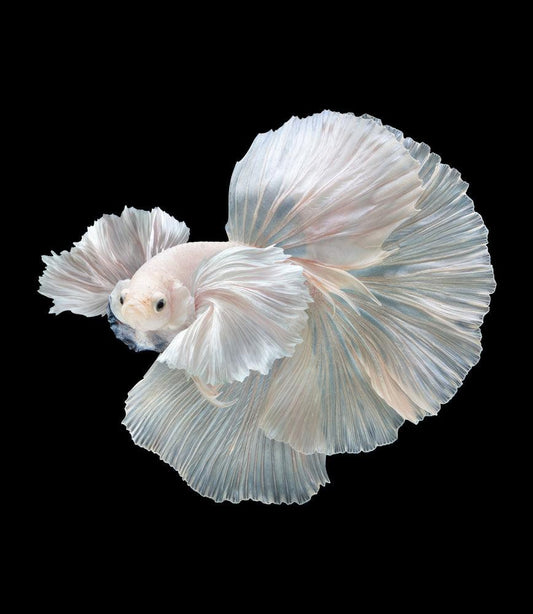Everything About Betta Fish: Comprehending Their Special Demands, Habits, and the most effective Practices for Ideal Care
Comprehending the unique needs and actions of Betta fish is vital for any type of aquarist aiming to give optimal care. These captivating creatures, belonging to the cozy waters of Southeast Asia, show unique territorial tendencies and need particular environmental conditions to thrive. From selecting the right storage tank dimension to acknowledging potential health and wellness problems, numerous elements substantially influence their health. As we explore these aspects even more, the implications for both beginner and skilled fish keepers come to be significantly apparent, questioning regarding just how best to accommodate these amazing fish in our homes.
Betta Fish Introduction
Although usually admired for their lively shades and moving fins, Betta fish, medically referred to as Betta splendens, are intricate animals that call for particular like thrive. Stemming from Southeast Asia, these freshwater fish are understood for their territorial nature and distinct actions. Betta fish show sexual dimorphism, with men displaying much more vibrant colors and longer fins than ladies.
Their hostile tendencies, particularly amongst males, demand careful consideration when housing them. Bettas are commonly maintained in single-specimen tanks to prevent territorial disagreements. They can coexist quietly with certain compatible types in larger community tanks, offered the setting satisfies their needs.

To guarantee optimum treatment, aquarists have to understand their distinct behavior qualities, dietary requirements, and environment requirements. betta fish. With correct attention, Betta fish can exhibit their vibrant personalities and flourish in a well-maintained fish tank setup
All-natural Habitat and Atmosphere
Betta fish thrive in a diverse series of natural habitats, primarily discovered in the shallow waters of Southeast Asia, consisting of rice paddies, swamps, and slow-moving streams. These atmospheres are characterized by warm temperatures, usually in between 75 ° F and 82 ° F(24 ° C and 28 ° C ), and a pH level ranging from 6.5 to 7.5, which is perfect for their wellness and health.
In their natural environments, Betta fish are accustomed to dense greenery, supplying both sanctuary and reproducing grounds. The presence of plants such as floating water lilies and thick turfs not only supplies security from predators however additionally contributes to the oxygenation of the water, which is vital for their respiratory needs. In addition, these settings frequently have areas of still water, enabling Betta fish to display their all-natural behaviors such as bubble nesting.
Comprehending the natural environment of Betta fish is critical for fish tank enthusiasts. Reproducing these problems-- with water temperature, pH equilibrium, and the addition of real-time plants-- can considerably enhance the general health and wellness and long life of these fascinating fish, guaranteeing they prosper in a home fish tank setup.
Social Actions and Interactions
Understanding the social behavior and communications of Betta fish is published here important for successful fish tank monitoring. Betta fish, or Siamese fighting fish, are recognized for their special behavioral qualities, defined largely by territoriality and aggressiveness. Males, in certain, present very aggressive habits in the direction of each other, resulting in the infamous track record of Betta fish as competitors. In a confined space, two males can participate in fierce battles, commonly causing injury or death.
On the other hand, women Bettas display less aggressive actions and can coexist in groups, understood as sororities, if presented properly. Nonetheless, it is important to check their communications very closely, as pecking order and prominence can result in conflicts. Understanding the dynamics within a Betta community is essential; developing hiding spots and making sure adequate space can mitigate aggressiveness.
Furthermore, Betta fish may also display interest and social behaviors towards various other types. While they can exist together with particular non-aggressive tank friends, it is vital to choose suitable types to prevent anxiety and aggressiveness. In general, identifying these social interactions is essential to cultivating a harmonious aquarium atmosphere for Betta fish.
Crucial Treatment Guidelines
Giving correct look after Betta fish is essential to their health and wellness and health. To make sure a thriving atmosphere, it is important to preserve optimal water conditions. The water temperature need to be kept between 76 ° F and 82 ° F(24 ° C to 28 ° C), while pH levels must range from 6.5 to 7.5. Routine water adjustments-- around 25% regular-- help keep water quality.
Betta fish need an appropriate storage tank dimension; a minimum of 5 gallons is recommended to provide sufficient room for swimming and hiding. Include decors and plants to create a revitalizing setting, yet stay clear of sharp items that might harm their delicate fins.

Lastly, make certain the container is furnished with a filter to maintain the water clean, however use a gentle filter to prevent strong currents that can emphasize the fish. By adhering to these essential treatment standards, proprietors can promote a healthy and balanced and vibrant Betta fish.
Common Wellness Issues and Solutions
In the care of Betta fish, recognition of common wellness concerns is essential for maintaining their well-being. One common problem is fin rot, often brought on by poor water quality or bacterial infection. Signs and symptoms include frayed or tarnished fins. To deal with fin rot, enhance water conditions and consider making use of a broad-spectrum antibiotic.
An additional common disorder is ich, a parasitical infection identified by white areas on the fish's body (betta fish). Treatment includes boosting water temperature and including aquarium salt to the tank, as this can assist get rid of the parasite
Swim bladder problem is also often observed, leading to buoyancy troubles. This problem may occur from overfeeding or constipation. A fasting duration of 24-48 hours, adhered to by a diet plan of blanched peas, can offer alleviation.
Last but not least, bettas might struggle with velvet condition, indicated by a gold dust-like appearance on their skin. Treatment normally needs medication particularly designed for external bloodsuckers, alongside boosted tank hygiene.
Regular tracking of water specifications, preserving a clean atmosphere, and offering a balanced diet plan are essential safety nets. By dealing with these wellness issues immediately, Betta fish can lead healthier, a lot more dynamic lives.
Conclusion
In summary, successful betta fish care requires an understanding of their one-of-a-kind needs and actions. Normal surveillance of wellness and water high quality, along with a well balanced diet regimen, contributes to the longevity and vibrancy of betta fish.